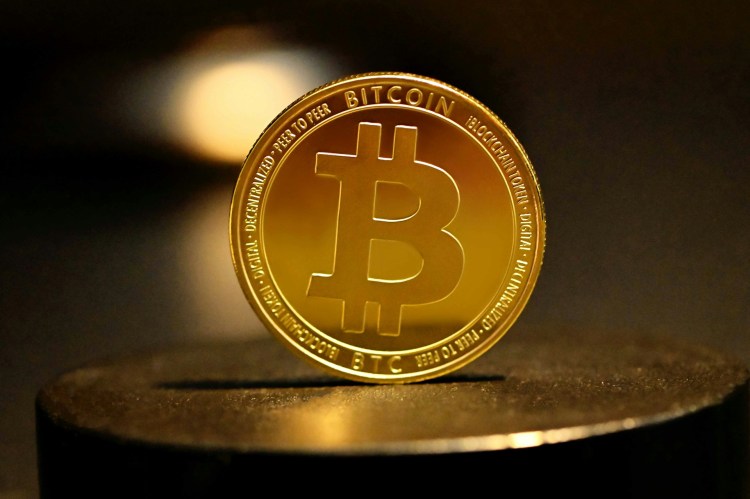The Bitcoin price on April 21, 2025 (BTC) is trading at approximately $87,375 USD, representing a 2.6% increase over the past 24 hours. Bitcoin appears to be rising after falling below the $80,000 level earlier this month, reflecting a fresh surge of hope across the crypto sector.
Recent Price Movement
Today’s Bitcoin price ranged from $84,027 at low to $87,468 at an intraday high. Following a volatile few weeks in which BTC witnessed prices drop to as low as $77,000 due to a mix of macroeconomic headwinds and investor risk-off attitude, the market has now steadied itself; Bitcoin is now almost approaching important resistance levels.
Growing institutional interest, expectations around post-halved supply pressure, and stabilisation in global economic outlooks help explain the significant surge somewhat.
Key support levels to watch include:
-
$84,000 – strong psychological support
-
$82,000 – a previous resistance zone now acting as support
Meanwhile, resistance levels are forming around:
-
$88,000 – an area of prior rejection
-
$90,000 – a key psychological threshold that could open the doors for a run toward $95,000 or even new all-time highs if broken
Macroeconomic Factors and Market Sentiment
Bitcoin’s resurgence this month can be linked to several broader developments:
Bitcoin Halving and Scarcity Narrative
The block reward for miners dropped from 6.25 BTC to 3.125 BTC following the fourth Bitcoin halving, which was completed in April 2025. Halving events have historically preceded bull markets due to the declining availability of fresh coinage. Analysts are closely observing to see if this trend stays true in 2025.
Institutional Demand
Institutional investors are increasingly joining in. According to recent studies, major financial firms are increasing their Bitcoin exposure through direct holdings and spot ETFS. Inflows into BlackRock’s Bitcoin products have surged, as have those into Fidelity’s.
Regulatory Landscape
Regulatory clarity remains a wildcard. Although the U.S. Securities and Exchange Commission has not yet adopted comprehensive cryptocurrency rules, several steps have been taken to create frameworks for stablecoins, decentralised finance (DeFi) protocols, and crypto exchange-traded funds (ETFS). Globally, nations such as the United Kingdom, Germany, and Singapore have implemented more crypto-friendly laws to attract startups and exchanges, thereby indirectly supporting the wider acceptance and liquidity of Bitcoin.
On-Chain Data Insights
On-chain metrics also point to bullish sentiment:
-
Active addresses and transaction volumes have surged in the past two weeks, signalling renewed user activity.
-
Exchange reserves are declining, indicating that holders are moving BTC off exchanges into cold storage—a common signal of long-term holding behaviour.
-
Miner flows have dropped post-halving, suggesting that miners are holding rather than selling their BTC, which adds to the narrative of reduced supply.
Expert Opinions
Several analysts have weighed in on the current market dynamics:
-
Michael van de Poppe, a well-known crypto analyst, tweeted: “Bitcoin is gearing up for a major breakout. The post-halving momentum has just started. Next resistance: $90K. Break that, and we could see a sprint to $100K.”
-
Cathie Wood of ARK Invest reaffirmed her long-term bullish stance, stating, “We believe Bitcoin could reach $500,000 by 2030 as it becomes a global store of value and hedge against inflation.”
Potential Risks Ahead
Despite the optimism, risks remain:
-
Any renewed geopolitical tensions or economic shocks could send Bitcoin lower, as crypto is still viewed as a speculative asset.
-
If inflation picks up again, central banks may become more hawkish, potentially reducing liquidity and appetite for risk assets.
-
Technical rejection near $90,000 could trigger short-term corrections.
Conclusion
The Bitcoin price in April 2025 shows a strong comeback, suggesting a possible optimistic continuation. Contributing elements include post-halving excitement, institutional inflows, and improved macroeconomic conditions. Having said that, traders and investors should monitor the $90,000 resistance level as well as other general market signals to determine their future course.
One thing is certain: BTC stays at the core of financial progress, whether it rises to a new all-time high or retreats for consolidation. Today’s price action is only one chapter in its dynamic trip.



















